Ascea: a place of sea, history, celebration and Mediterranean flavors

Ascea rises on a 235 meters hill, above the sea level, overlooking its own seaside which takes the same name. In addition to the Ascea Marina area, equipped with a railway station that connects the town to the other Cilento towns as well as to Salerno and Naples, the municipality includes many other inland fractions renowned for the festivities that are accompanied by food festivals full of typical products of the area: in Mandia, for example, every 18th, 19th and 20th August at the “Feast of the Ancient Flavors” you can taste the famous pasta and beans with the famous Mandia bean called “tabaccuogno”, chestnut and bean soup, meats, cured meats, homemade bread cooked in wood-burning oven and typical sweets, all accompanied by wine extracted from local vineyards, theatrical performances and singing performances by street artists. In addition to the numerous festivals (mainly in the summer) which takes place in the territory of the municipality of Ascea with the aim of enhancing the Cilento culture and flavors, the entire area preserves an ancient history dating back to the times of the Magna Graecia.
The Archaeological Park of Elea-Velia
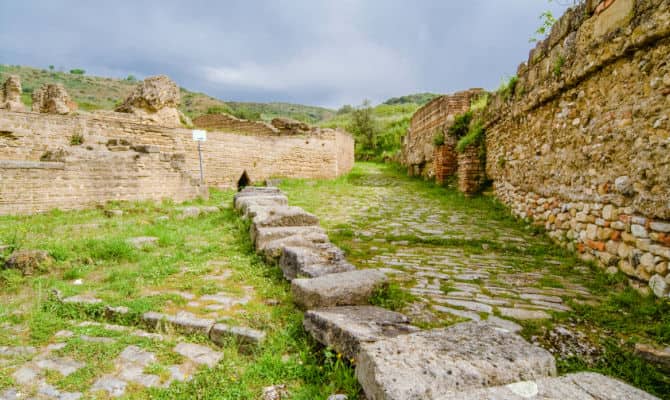
Staying in Ascea or in the neighboring municipalities, you can visit the archaeological area of Elea-Velia, an ancient polis located within the Cilento, Vallo di Diano and Alburni National Park. At about 40 km from the historical city of Paestum, the excavations of Elea-Velia can be explored for only € 3.00 for adults and € 1.50 for children, with the chance to organize a tour with a guide as well. The archaeological area has ample free parking, a ticket office, a structure dedicated for the historical artifacts, a neighboring refreshment point, restrooms and a corner dedicated to the sale of souvenirs. Despite being a little-known area, every year it has around 30,000 registered visitors.
What to see in the Archaeological Area
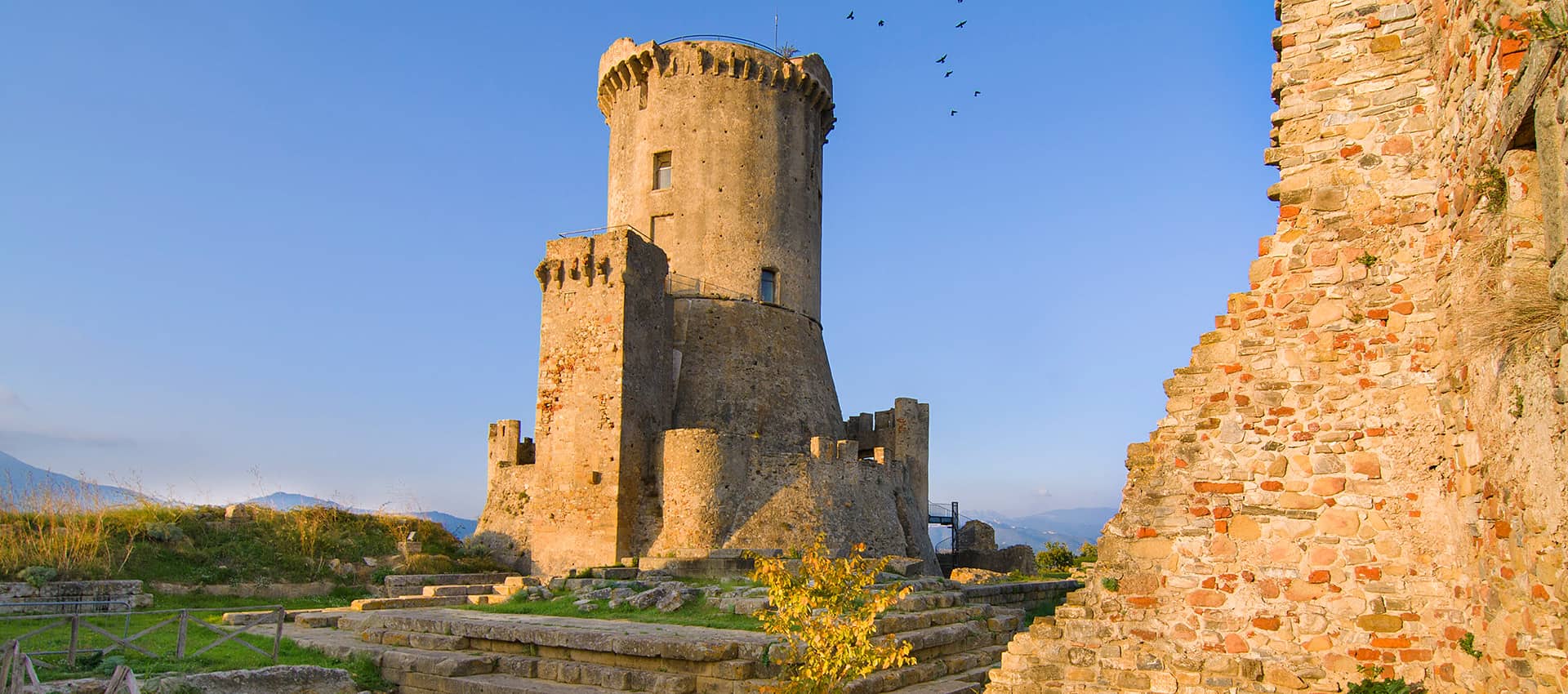
Located 2.5 km away from the Ascea Marina railway station, it is possible to access the excavations from Via di Porta Rosa, a very busy road that connects a bathing area full of bed & breakfasts, tourist villages, campings, shores and bars, to the heart of the of the seaside town. The name of the access road to the area derives from the Porta Rosa, a building dating back to the 4th century b. C. which is the oldest example of a round arch in Italy. Actually, the name of the arch confuses its nature: the Porta Rosa is a viaduct, which connected two small hills to allow passage. Inside this area you can visit the ruins of the acropolis, the agora, the Hellenistic baths and the Roman baths, the famous Torre di Velia and the Palatine Chapel: the latter two site on the fortified promontory called “Castellammare della Bruca” in medieval times. The entire archaeological site is protected by UNESCO as a world heritage site.
The Path of the Lovers and the Cliff of Ascea Marina
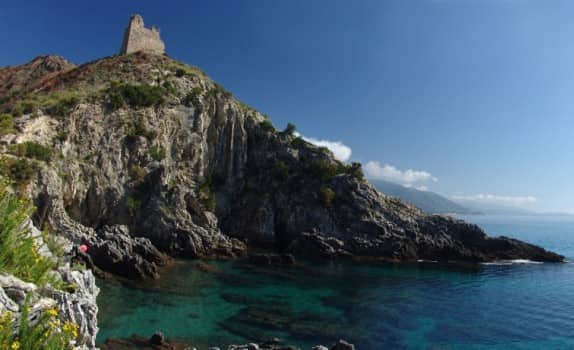
Continuing south, crossing the seafront of Ascea Marina full of free beaches, bars, ice cream shops and restaurants, you can find a modest rocky hill overlooking the sea that takes the name of Punta del Telegrafo. It assumes this nomenclature for the ruins of the tower of the same name, a defensive building used for sighting, facing the sea. In July 2017, was inaugurated a pathway called the "Pathway of Lovers” (“Sentiero degli Innamorati” in Italian) which allows you to walk to a panoramic position and the Torre del Telegrafo itself, thus being able to enjoy a panoramic view of Ascea Marina to the neighboring Casalvelino and Pioppi on the right side, and lower Cilento Coast up to Capo Palinuro on the left side.
The Museum of Paradox and the rewarded beaches: things not to be missed
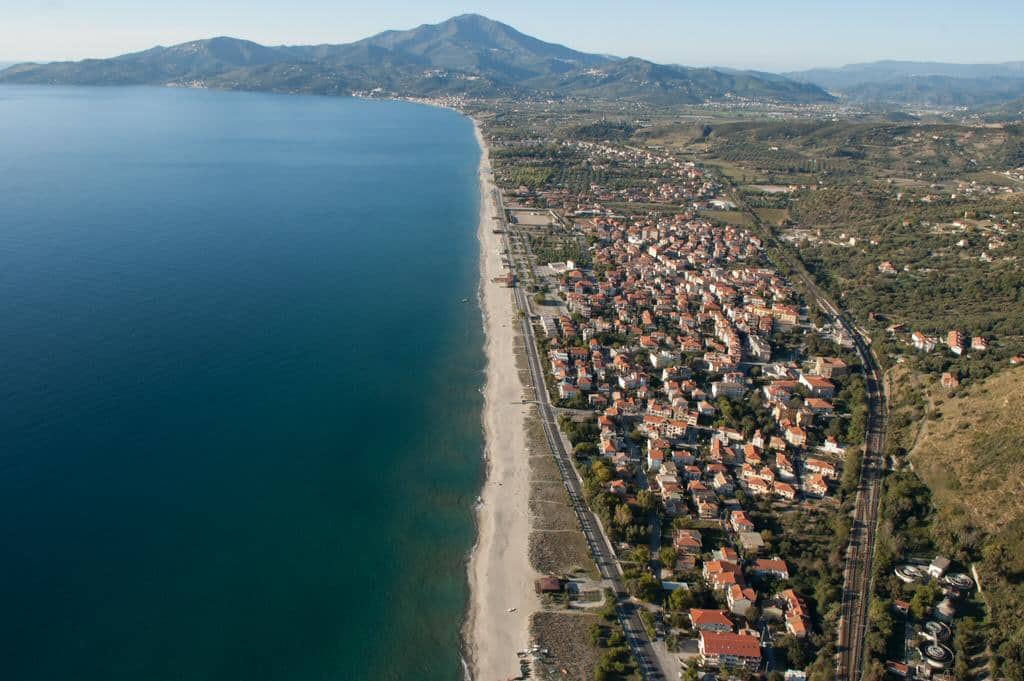
Another place of interest is the Museo del Paradosso, inaugurated in 2015 and hosted by the Palazzo Alario. Located a few meters from the Ascea Marina train station, it collects works by young artists inspired by the theme of paradox. The building is also part of a complex of structures connected by a pedestrian square that, during the summer, host numerous events, conventions, conferences, seminars, meetings, gala dinners and shows.
Visiting Ascea you can either relax on a deckchair by the sea, which is awarded with the Blue Flag award each year, or dedicate yourself to hiking and exploring the historically relevant areas.
About the author
Written on 15/11/2019


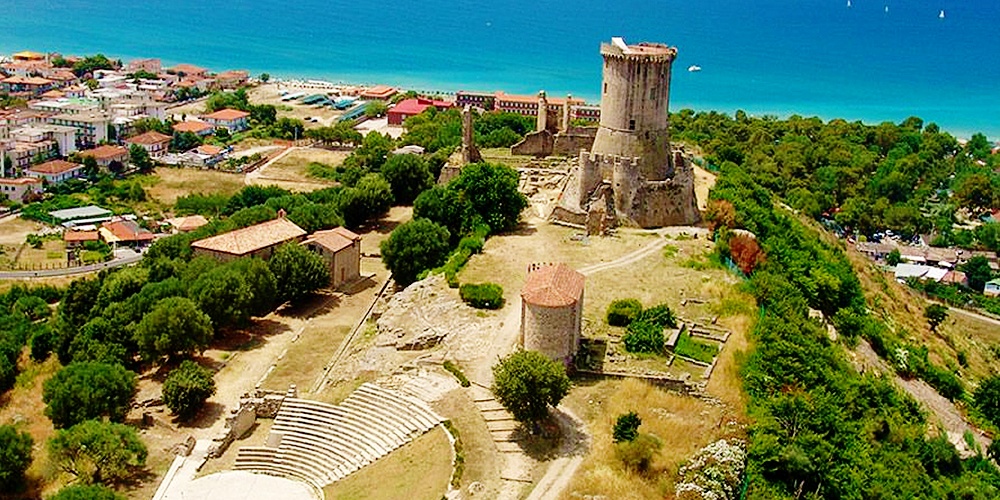

Alfred Runo
Rich of an ancient history and homeland of the Greek philosophers Parmenides and Zenone, Ascea is a small town in the province of Salerno belonging to the Cilento, Vallo di Diano and Alburni National Park, famous mainly for beach tourism during the summer season.